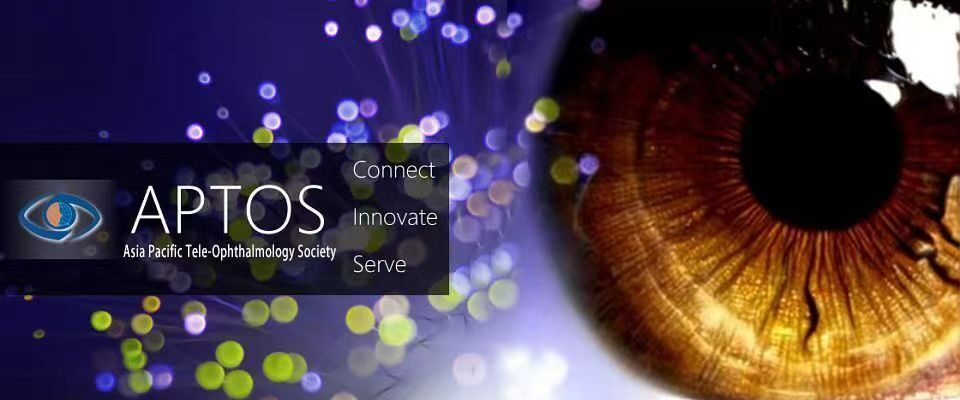Published on
Ophthalmic Epidemiology, June, 2017
Authors
• Banaee T, Retina Research Center, Khatam-al-Anbia Eye Hospital, Mashhad University of Medical Science, Mashhad, Iran; Department of Ophthalmology, School of Medicine, Mashhad University of Medical Sciences, Mashhad, Iran
• Ansari-Astaneh MR, Retina Research Center, Khatam-al-Anbia Eye Hospital, Mashhad University of Medical Science, Mashhad, Iran
• Pourreza H, Department of Computer Sciences, Department of Computer Engineering, School of Engineering, Ferdowsi University of Mashhad, Mashhad, Iran
• Faal Hosseini F, Department of Computer Engineering, School of Engineering, Ferdowsi University of Mashhad, Mashhad, Iran
• Vatanparast M, Department of Computer Engineering, School of Engineering, Ferdowsi University of Mashhad, Mashhad, Iran
• Shoeibi N, Retina Research Center, Khatam-al-Anbia Eye Hospital, Mashhad University of Medical Science, Mashhad, Iran; Department of Ophthalmology, School of Medicine, Mashhad University of Medical Sciences, Mashhad, Iran
• Jami V, Department of Computer Engineering, School of Engineering, Ferdowsi University of Mashhad, Mashhad, Iran
Abstract
PURPOSE:
To compare the quality of fundus photographs taken before and after instillation of one drop of tropicamide.
METHODS:
The 45º fundus photographs were taken with a non-mydriatic fundus camera in three conditions of the pupil; pre-mydriatic, 10 minutes after one drop of tropicamide, and fully dilated. Two photographs were taken in each condition; one centered on the macula and the other on the optic disc. Two vitreoretinal specialists graded the images.
RESULTS:
A total of 1768 fundus photographs of 149 diabetic patients with dark irides were included. There were more ungradable images (38.1% and 50.3%, graders 1 and 2, respectively) in the non-mydriatic state than partially- (4.6% and 11.5%) or fully-dilated (15.4% and 10.0%) conditions (p < 0.001, both graders). Partially and fully dilated states had similar rates of ungradable images (p = 0.56 and p = 0.54, graders 1 and 2, respectively). Test-retest reliability (repeatability) was 92.5% and 74.3% for the two graders, respectively. Inter-grader agreement was moderate (Kappa = 0.50).
CONCLUSION:
Non-mydriatic fundus photographs have a high rate of ungradable images in patients with dark irides. Instillation of only one drop of tropicamide improves the quality of fundus photographs, which is not furthered by adding more drops. This strategy can be used in tele-ophthalmology programs.
KEYWORDS:
Diabetic retinopathy; fundus photography; mydriasis; non-mydriatic fundus camera; tele-ophthalmology; tele-screening
Link to the article
https://www.ncbi.nlm.nih.gov/pubmed/28658588



